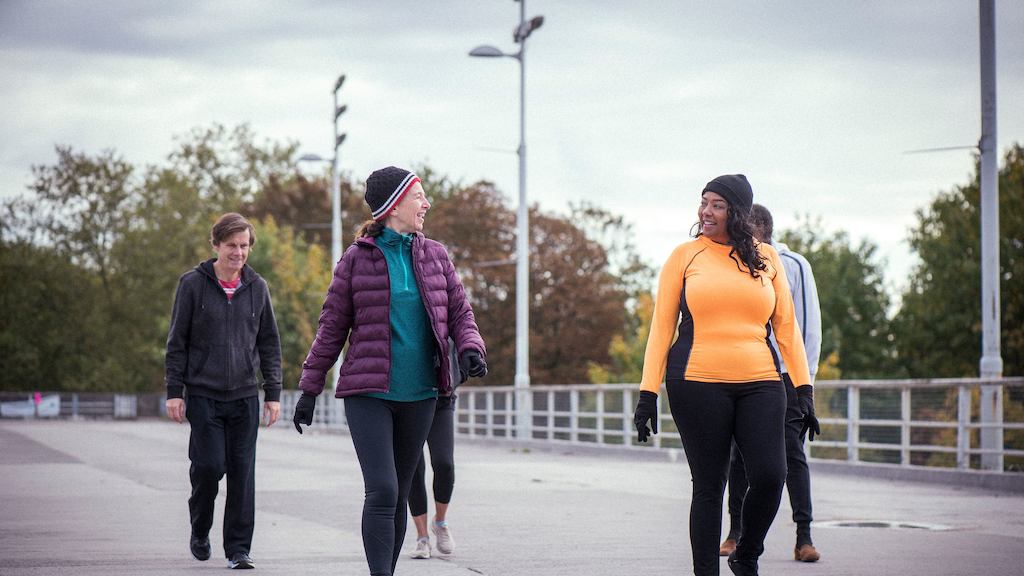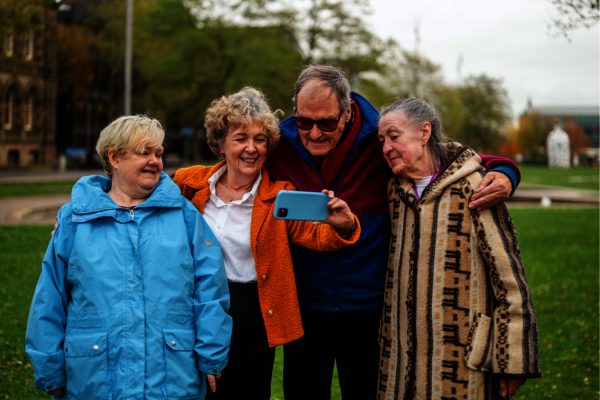It is understandable that local authorities are seeking out new ways of working when their funding in real terms has been reduced by a quarter since 2016.
According to the Local Government Association, 85% of councils said they would still have to make cost savings to balance their 2024/25 budget.
This leaves most authorities, if not all, facing difficult decisions.
Social care costs are increasing, for every age group, making it harder for local government to find the funds to invest in community-based services, that both improve quality of life, and can reduce, prevent, or delay the need for care in the first place.
The Centre for Ageing Better’s new society chapter for our State of Ageing 2023/24 report details the significant contributions older people make to their communities in terms of volunteering, unpaid care and engagement with local community life.
But cost cutting in local authorities is having a knock-on effect on older people’s lives, making it harder for many to get out and about and continue to make these significant contributions.
Spending on community development and library services is almost half (45%) what it was in 2010/11. There has been a significant decrease in funding for many services such as community centres, public halls and public toilets.










